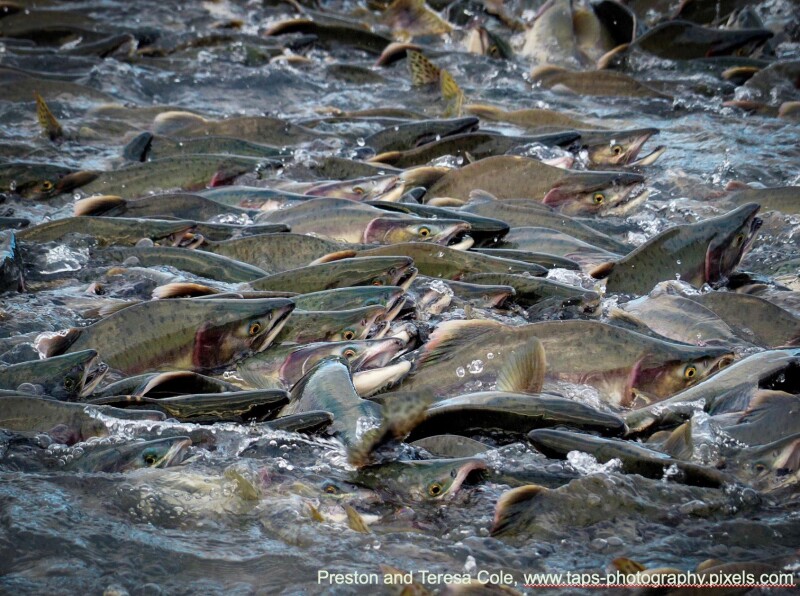Alaskan scientists believe that abundant pink salmon are hurting other species, but fishery managers want more proof before cutting hatchery production. In the 2024 season, gillnetters in Bristol Bay picked more fish for less weight than ever. The sockeye returning to Bristol Bay in 2024 were, on average, the smallest the Alaska Department of Fish and Game (ADF&G) has ever seen. The smaller size continues a 10-year trend that could be caused by long-term changes in the environment and ecosystem, including an abundance of pink salmon. Scientists attribute the pink’s population explosion to the adaptability to global warming and hatchery programs in the U.S., Russia, and Japan.
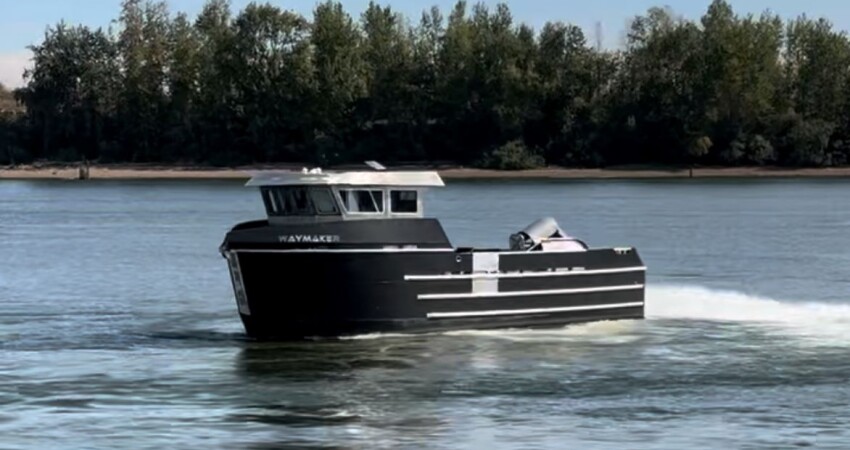
“The pinks have a longer thermal leash than any of the other salmon,” says Will Atlas, a salmon research scientist at the Wild Salmon Center in Portland, Oregon. “They are better adapted to handle the environmental stresses we’re seeing in the North Pacific. They can cope with warming better than the more cold-adapted species of salmon. Because they have a two-year life cycle, they can bounce back from things like the blob,” says Atlas, referring to the 1,000-mile-wide warm water mass that formed in the North Pacific in 2013. “It’s been ten years, and the pinks have had five generations to recover while chinooks have had two.”
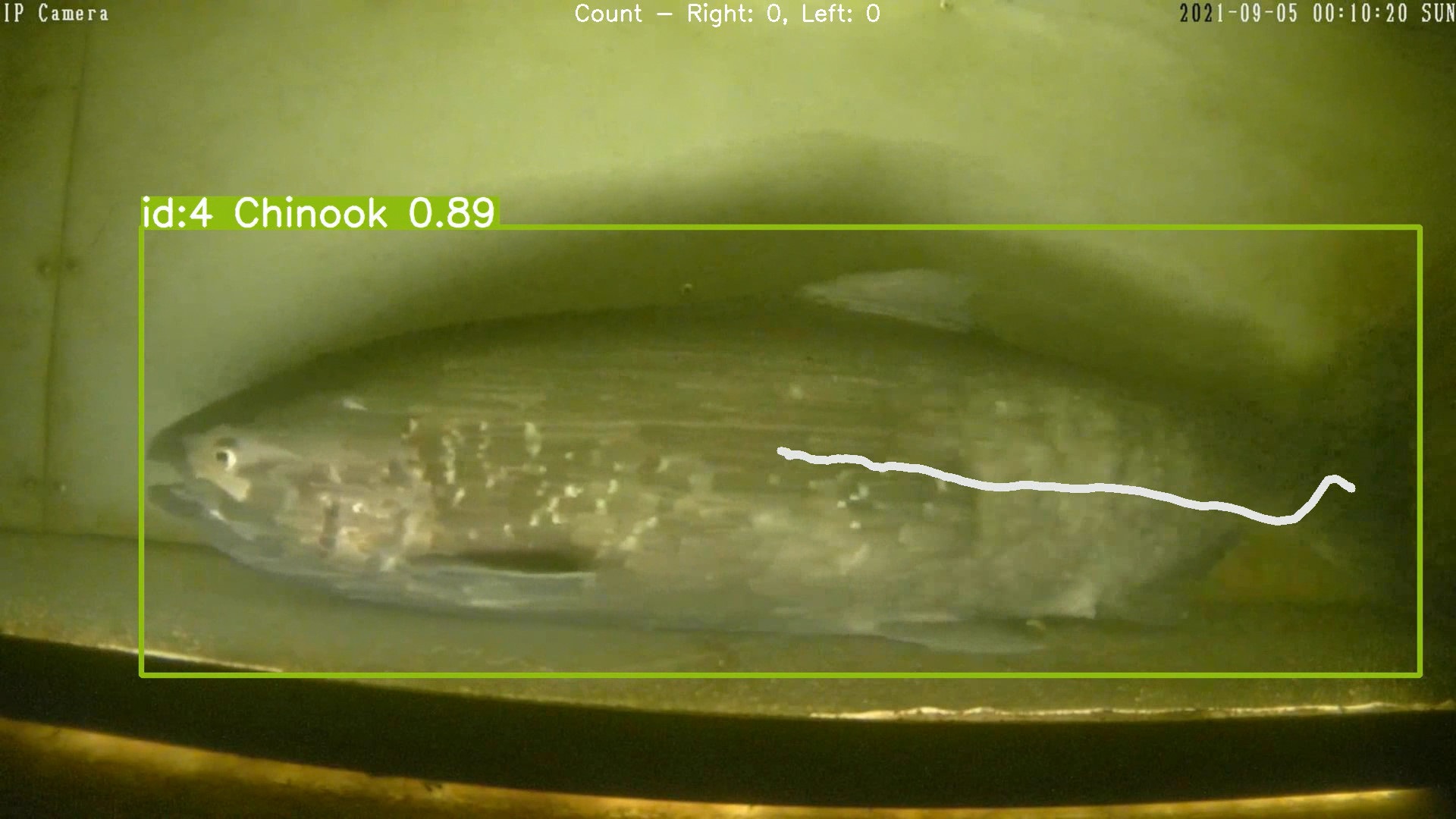
Atlas notes that it is difficult to study wide-ranging species like salmon in the North Pacific. Still, he and many other scientists are seeing a correlation between the abundance of pinks and the shrinking size and abundance of more valuable species. “There are an estimated 800 million adult pinks out there competing for the available food, about 15 percent of them from hatchery programs in Alaska’s Prince William Sound.”
As Atlas sees it, there are trade-offs to the hatchery program, where increasing the number of pinks may be coming at the cost of reducing the numbers and body size of sockeye, chinook, coho, chum salmon, and steelhead trout. “At this point, the pinks are thriving, and their numbers are increasing naturally,” he says. “I don’t know what the benefit of releasing a billion fry is.”
Gregory Ruggerone, the lead author of a critical study Atlas co-authored, looked deep into the North Pacific food web and found that when pinks are abundant, they outcompete other species for the highest quality food. “Evidence indicates that open-ocean marine carrying capacity in the northern North Pacific Ocean and the Bering Sea can be mediated by top-down forcing by pink salmon and by ocean heating and that large-scale hatchery production (~40 percent of the total adult and immature salmon biomass) likely has unintended consequences for wild salmon, including Chinook salmon and many other marine species,” the authors write.
Ruggerone and his co-authors compiled a 33-page scientific paper that exhaustively examines decades of research from around the Pacific Rim. “It’s a long paper,” he says. “We did that because regulators and managers seem to be unfamiliar with this large body of research and call the relationship between pink abundance and its impact on other species corollary, not causative.”
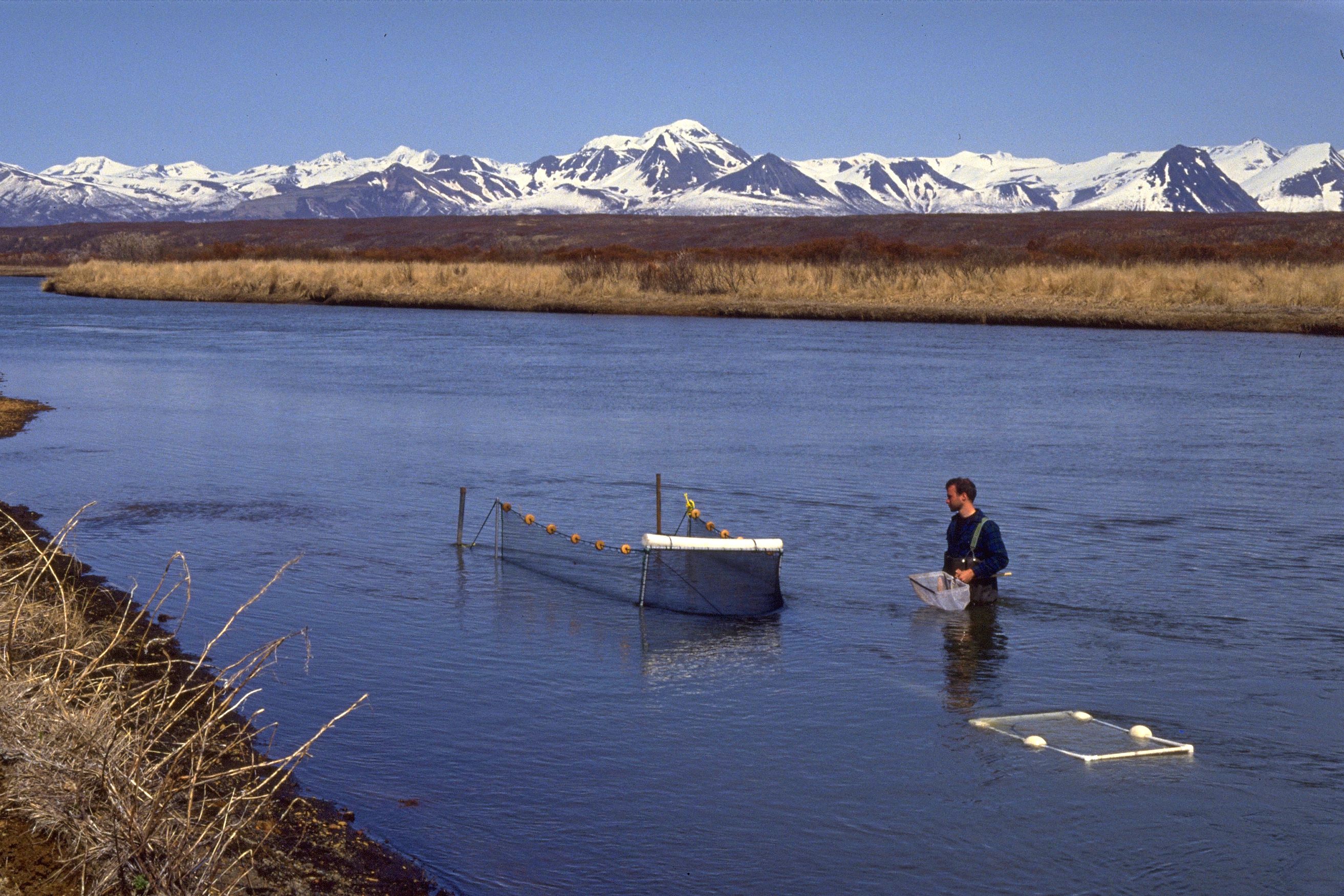
To further support the hypothesis that abundant pink salmon populations have a cascading impact on multiple species in the North Pacific, Ruggerone and his colleagues looked at scale growth measurements from Bristol Bay and the Gulf of Alaska sockeye salmon going back decades and found a bi-annual pattern of lower growth in years consistent with the biannual fluctuations of pink salmon abundance. “We also saw this biennial abundance effect cascading on the populations of forage fish, squid, all the way down to phytoplankton, and all the way up to critically endangered southern resident killer whale and humpback whales,” says Ruggerone.
Ruggerone’s research indicates that there is an overlap between the diets of pink salmon and other salmon species at various life stages in the open ocean and that the pinks are more efficient feeders of higher-value foods, from zooplankton to squid, which provide a vital component of the diets of salmon, including Chinook and coho, in the open ocean.
“The pink population has been increasing and has more than doubled since the 1977 temperature regime shift in the North Pacific,” says Ruggerone. “And there is a relationship between the rise in the pink population and a decrease in the size, survival, and abundance of Chinook salmon.”
While Ruggerone believes the pink salmon boom is affecting all salmon, they are not being affected the same way. “We hypothesize that north-migrating salmonids from the Pacific Northwest and Japan have low marine survival due to less favorable conditions during early life at sea and to reduced foraging opportunities after the first winter at sea,” Ruggerone writes. “Especially for energy-rich squid and small fishes needed to sustain larger and older Chinook salmon in a warming ocean.”
Ruggerone notes that the apparent scarcity of high-calorie prey due to heavy feeding by smaller and more efficient pink salmon can be particularly hard on the large Chinook salmon that need that rich food to offset the physiological demands imposed by higher ocean temperatures. Evidence suggests that pink salmon affect the growth and abundance of Chinook salmon originating from all regions of Alaska, the Pacific Northwest, British Columbia, and Russia.
Researchers in Canada have documented the phenomena that support Ruggerone’s hypothesis. In 2019, Dr. Sonia Batten, a British Columbia-based scientist from the Marine Biological Association of the UK, co-authored a paper with Ruggerone. In it, they looked at data going back to 2004 and saw similar patterns of pink abundance impacting the food chain for other salmon species, birds, squid, and marine mammals.
According to Bill Templin, chief fisheries scientist for salmon at the ADF&G, the department recognizes the concerns of many scientists about releasing more hatchery pinks into the ecosystems, but it is responsible for making decisions based on a broad range of considerations. “If it becomes clear that hatchery pinks are having a detrimental effect on wild stocks, then we have an obligation to take action. The wild stocks have priority,” says Templin. “But we also have to look at the impacts that reducing hatchery releases will have on the pink salmon fishery and the communities that rely on it.”
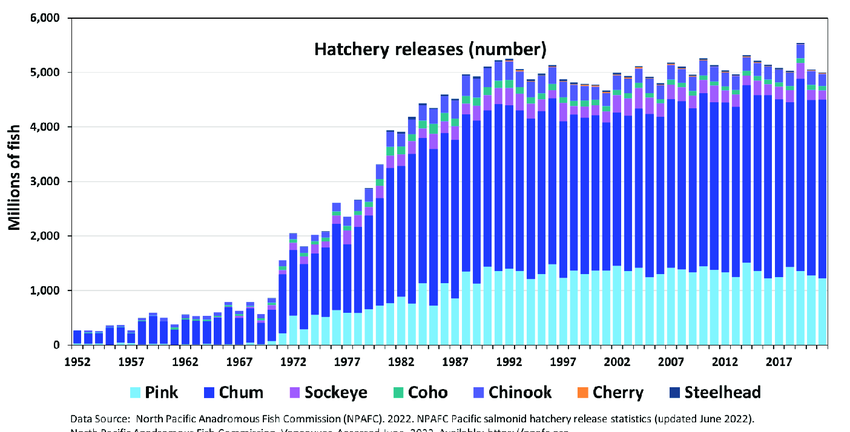
Templin adds that hatchery pinks make up more than half the annual catch in Prince William Sound and that the department needs to better understand how the benefits of cutting production would outweigh the costs. “Right now, the authors of several papers are assuming a causative effect based on corelative evidence,” he says. “We need to understand the mechanics of how cutting production will lead to positive changes with other species, and these studies can’t tell us how that’s going to happen.”
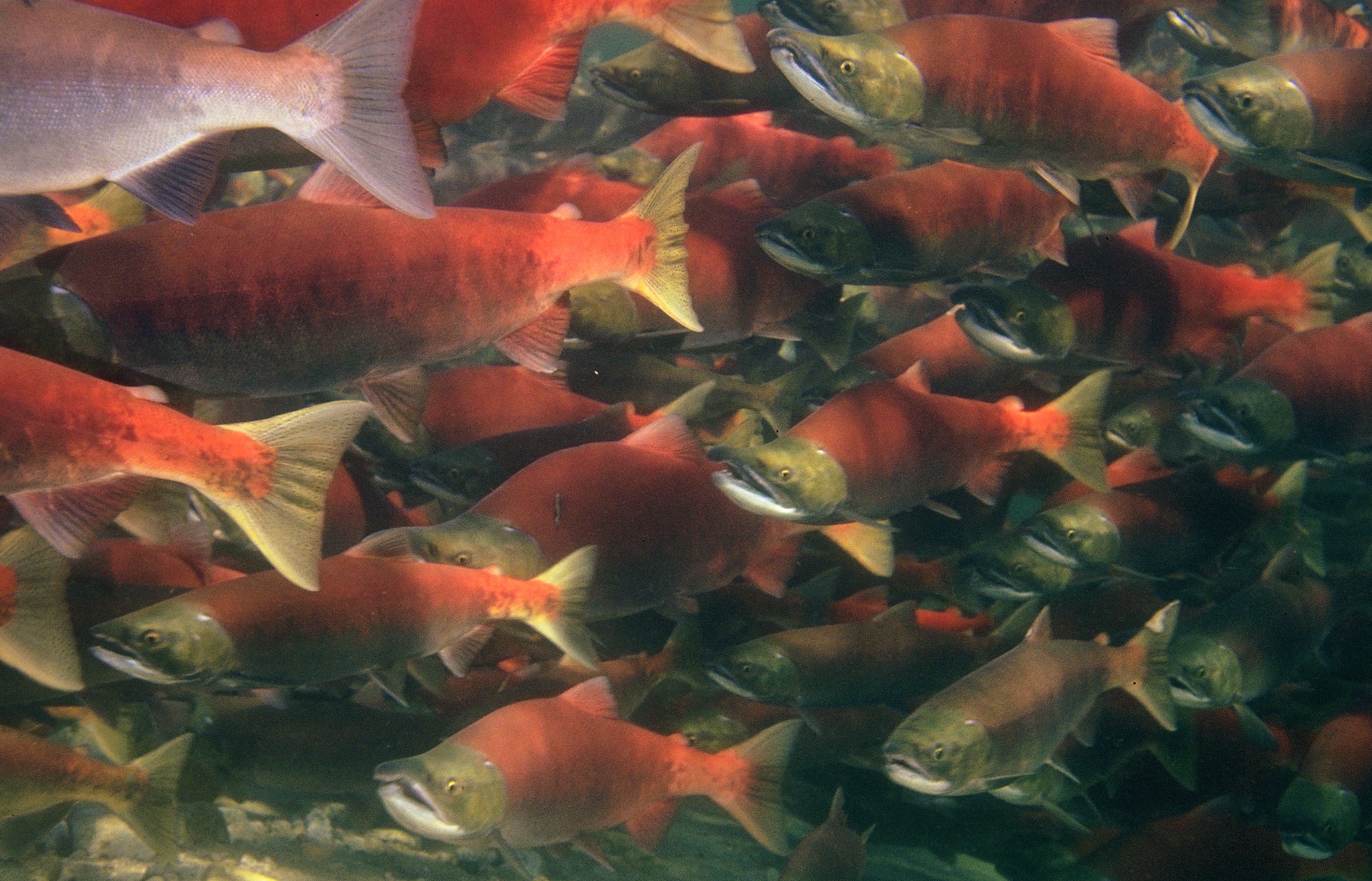
Templin adds that the ADF&G is looking at the numbers differently. “While hatchery pinks may make up 10 percent of the adult pink, chum, and sockeye stocks in the North Pacific, that doesn’t take into account the abundance of all the immatures and juveniles. If you add those to the numbers, the percentage of hatchery pinks becomes so small that it’s not clear to me how reducing production will have any effect at all.”
He also notes that there are better ways to look at how energy moves through different trophic levels. “If that’s what we want to understand, then we need to look at biomass rather than the number of fish. Instead of using numbers to illustrate patterns, researchers need to use biomass measures to see if patterns really exist.”
In March 2024, the Alaska Board of Fisheries voted down a proposal to reduce hatchery production. But Templin points out that that is not the end of the story. “There are more proposals to cut production coming,” he says.





